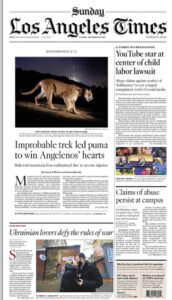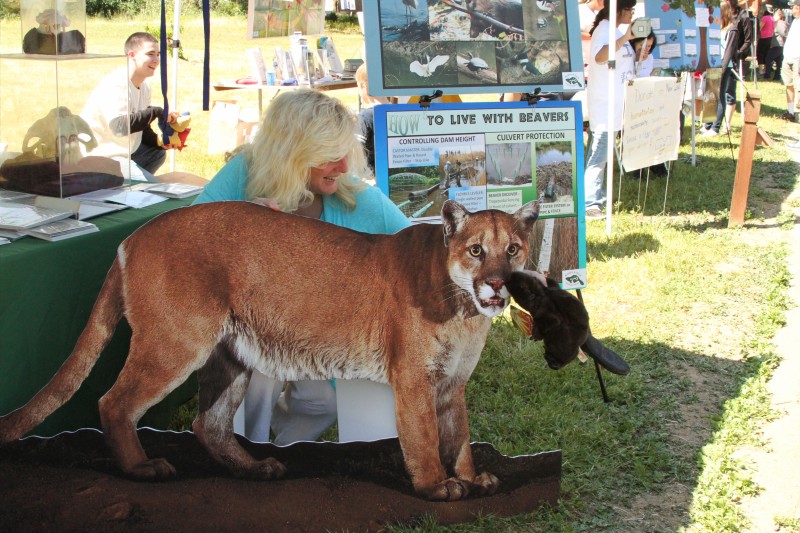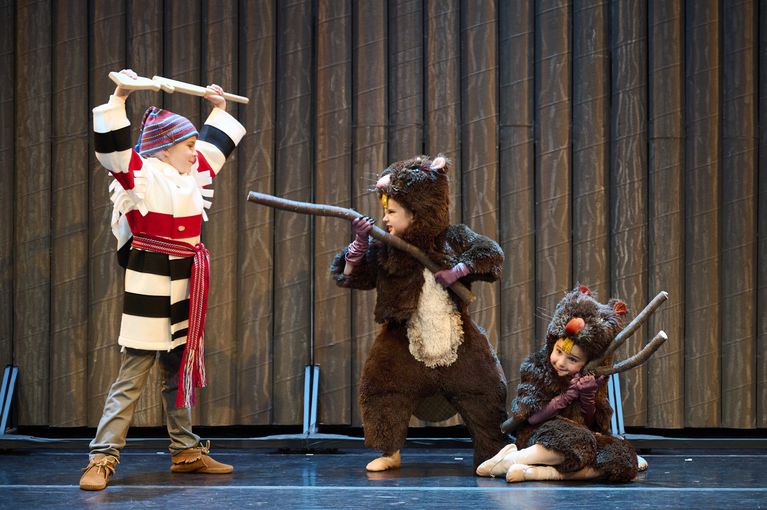 Yesterday the world erupted with mourning the death of P-22 the moutain lion trapped in Hollywood without a mate that had been championed by our good friend Beth Pratt for all these years. A heroic effort was underway to build a wildlife overpass crossing the 405 so that he and other wildlide could safely cross the 8 lanes of traffic, Beth tirelessly implored officials, stars, politicians and anyone who would listen for the better part of a decade to step up and contribute. In doing so she and the lion raised awareness of the plight of urban wildlife and Pumas in general. P-22 achieved the impossible with her help. But he will not be alive to enjoy it.
Yesterday the world erupted with mourning the death of P-22 the moutain lion trapped in Hollywood without a mate that had been championed by our good friend Beth Pratt for all these years. A heroic effort was underway to build a wildlife overpass crossing the 405 so that he and other wildlide could safely cross the 8 lanes of traffic, Beth tirelessly implored officials, stars, politicians and anyone who would listen for the better part of a decade to step up and contribute. In doing so she and the lion raised awareness of the plight of urban wildlife and Pumas in general. P-22 achieved the impossible with her help. But he will not be alive to enjoy it.
P-22, L.A. celebrity mountain lion, euthanized due to severe injuries
The mountain lion P-22, who lived in the heart of Los Angeles for more than a decade and became the face of an international campaign to save Southern California’s threatened pumas, was euthanized Saturday because of several long-term health concerns and injuries that likely stemmed from being hit by a car, officials said.
In a tearful news conference, wildlife biologists described multiple chronic illnesses that may have contributed to the mountain lion’s recent uncharacteristic behavior. The big cat of Griffith Park was “compassionately euthanized” at about 9 a.m., officials said.
“This really hurts, and I know that,” said Chuck Bonham, director of the California Department of Fish and Wildlife. “It’s been an incredibly difficult several days. And for myself, I’ve felt the entire weight of the city of Los Angeles.”
It is no stretch of the imagination to say that P-22 with Beth’s help did what could not be done. He crossed 8 lanes of traffic twice eeking out a long life in the middle of a terrifying city AND more impossible still he made Chuck Bonham cry, which I would never have thought likely. Beth posted a beautiful Eulogy yesterday on facebook about being allowed to sit with him before it happened and what it was like to love and lose him. The reaction to his loss not only makes me like Los Angelos more – it makes softens my heart to CDFW in general, and that’s saying a lot.
Before I said goodbye, I sat in a conference room with team members from the California Department of Fish and Wildlife, and the team of doctors at the San Diego Zoo Safari Park. …As the agency folks and veterinarians relayed these sobering facts to me, tissue boxes were passed around the table and there wasn’t a dry eye in the house. This team cares just as much for this cat as we all do. They did everything they could for P-22 and deserve our gratitude.
Yesterday I could not help think about momma beaver and how I felt personally standing by her orphans the night of her death. It is a staggering and lonesome grief to lose the thing that you have given your life too. And it touched me, more than words can even say, to see the amazing outpouring of feeling people had for this wild cat that had come to represent our own quest for wildness in urban spaces. Beth you were the best possible champion for this hero. We are grateful for you and P-22,
I’m sure after that tearful news we all need some Christmas cheer. And I have JUST THE TREAT. This from a Vancouver dance studio that is reinterpreting the timeless Nutcracker with some very special editions.
‘Nutcracker’ performance in Vancouver challenges original’s cultural stereotypes
 Becky Moore, the director of the dance school Columbia Dance in Vancouver, Washington, loves Tchaikovsky’s classic holiday ballet “The Nutcracker” but she worries it hasn’t aged gracefully.
Becky Moore, the director of the dance school Columbia Dance in Vancouver, Washington, loves Tchaikovsky’s classic holiday ballet “The Nutcracker” but she worries it hasn’t aged gracefully.
She researched Fort Vancouver’s role as a major trading post during the height of the fur trade and quickly fell in love with this history.
 “You had folks coming over the Oregon Trail. You had the Indigenous populations here. You had people coming down from French Canada to trap beavers, people coming from the Hawaiian Islands to trap beavers,” she says. “The main character dreams of getting outside of her normal world and exploring something she’s never been to before. So why not have her explore this world of 1840s Fort Vancouver?”
“You had folks coming over the Oregon Trail. You had the Indigenous populations here. You had people coming down from French Canada to trap beavers, people coming from the Hawaiian Islands to trap beavers,” she says. “The main character dreams of getting outside of her normal world and exploring something she’s never been to before. So why not have her explore this world of 1840s Fort Vancouver?”
 Moore changed the main character from a European daughter of aristocrats to an American daughter of James Douglas, the real life chief trader at Fort Vancouver.
Moore changed the main character from a European daughter of aristocrats to an American daughter of James Douglas, the real life chief trader at Fort Vancouver.
She turned the iconic nutcracker into a fur trapper and the mice into beavers.
“I fell in love with the beavers,” she says. “I’ve never been a fan of mice and they’re in every Nutcracker. I thought let’s choose a new rodent and this one is so Pacific Northwest centric.”
OF COURSE the mice should be beavers and of COURSE the soldiers should be trappers. That makes perfect sense to me now, but Clara should maybe change who she wants to win, okay?
I LOVE the look of these costumes. I think you will too.
Gee those costumes look really detailed. They must have taken a lot of work. I wonder what the company might possibly do with those beaver costumes after the performance is over? I mean I’m sure the ballet company doesn’t need a bunch just lying around to perform “Beaver Lake” next. Maybe they would donate one to a festival of some kind? I mean if someone else who loved beavers asked them really, really nice?
Do you think?



















































